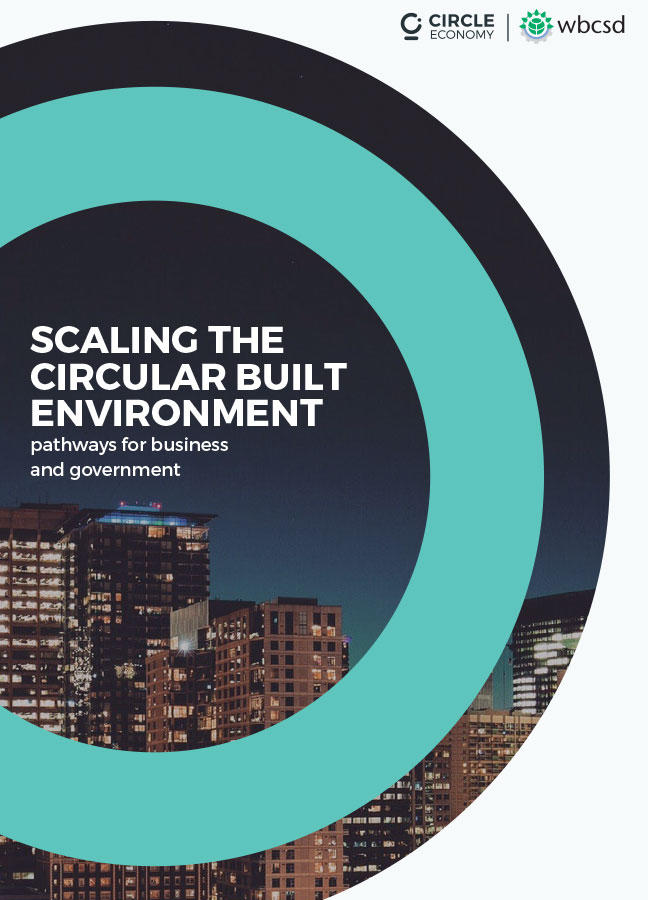
The circular economy has great potential to help meet global sustainability targets and the Paris Agreement's goals in particular. The built environment, consuming almost half of the world's resources extracted every year and responsible for a massive environmental footprint, is a fundamental sector in the transition from a linear to a circular, more sustainable world.
Moving towards a circular built environment involves a shift in roles and business models for stakeholders active in this sector. However, barriers related to culture, regulations, market, technology and education are slowing down the transition.
The private and public sector need to create a level playing field in order for circular materials, products and services to become the new normal in the built environment. This requires bold leadership from both companies and policy-makers who have to transform the market (e.g. by introducing new valuation methods) and implement long-term policies that encourage the scaling of circular solutions (e.g. through circular procurement). Standardization, new forms of collaboration and co-creation processes are essential elements in the transition. Digital innovation, education and information sharing can further drive the change in mindset and culture that is needed to turn the circular built environment into reality.

